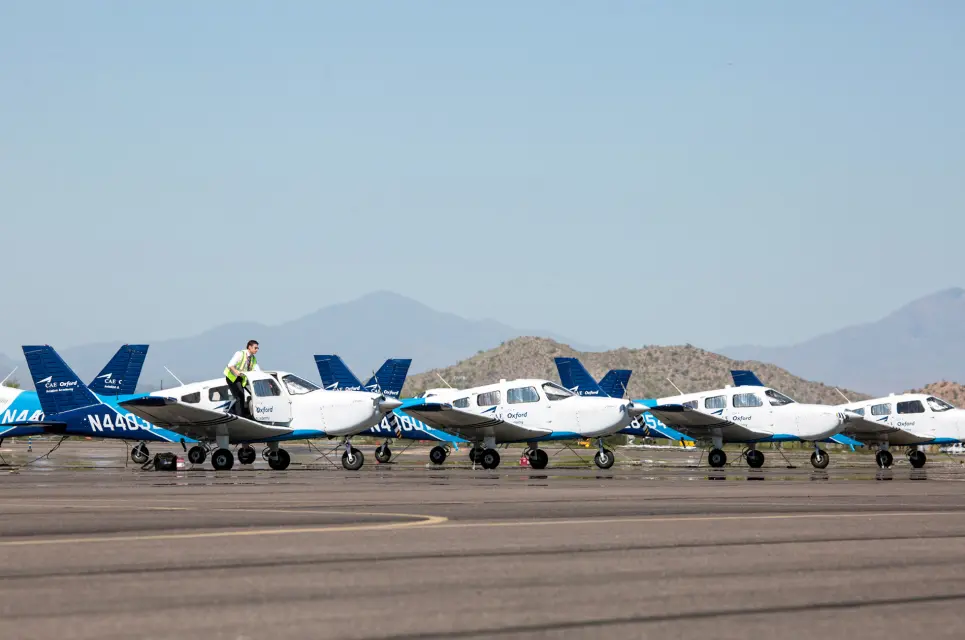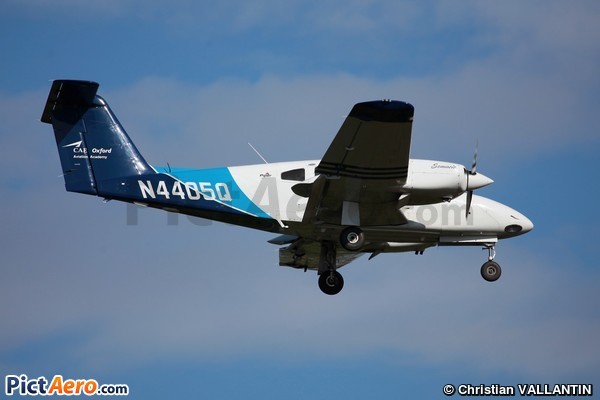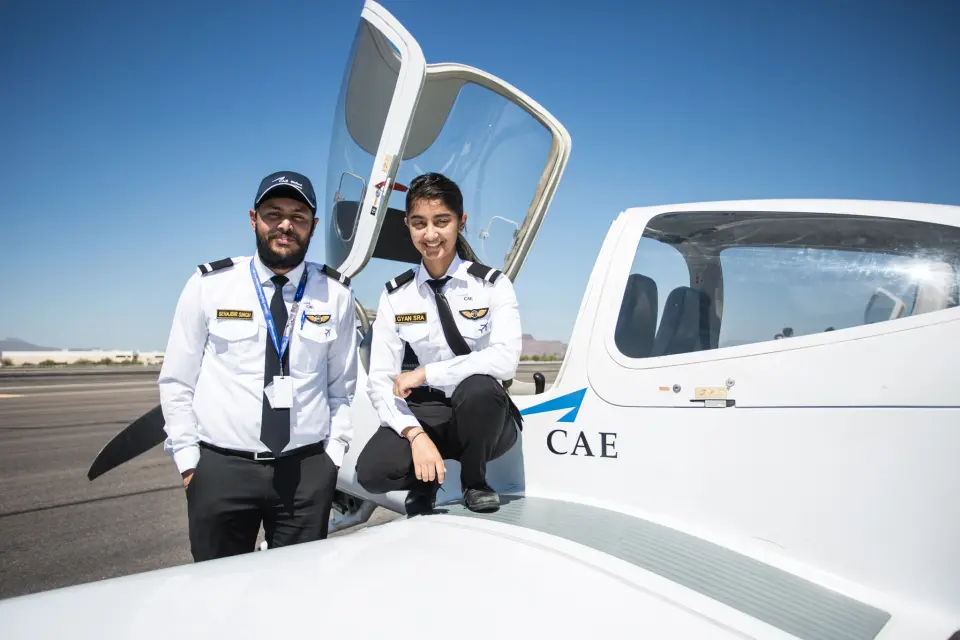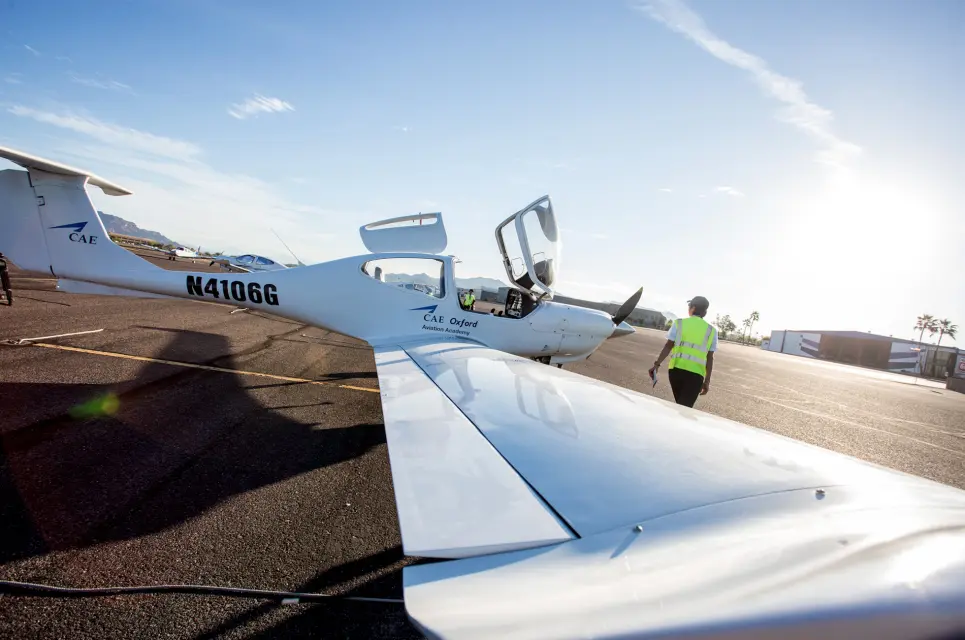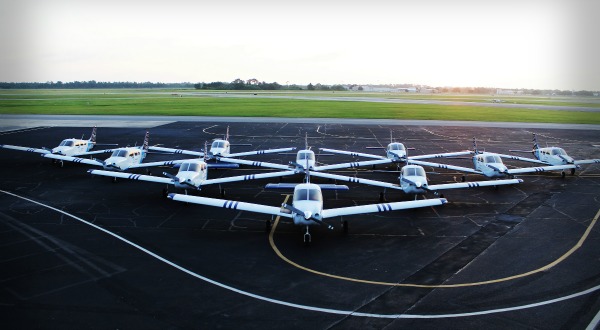Cae Oxford Aviation Academy Phoenix
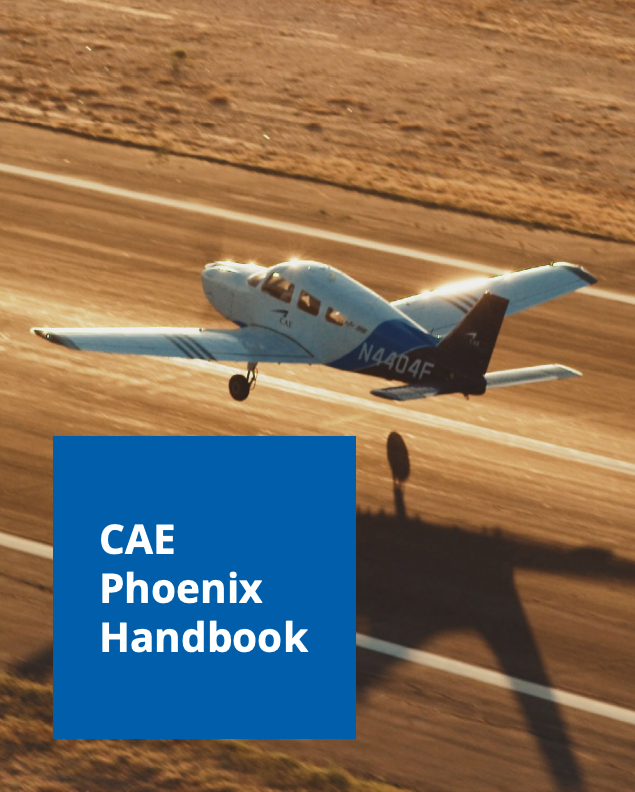
The abrupt closure of Oxford Aviation Academy Phoenix, a prominent flight training institution, has sent shockwaves through the aviation community. Hundreds of aspiring pilots are now facing uncertainty, their training abruptly halted and futures hanging in the balance.
The shutdown, announced late last week, leaves students scrambling to find alternative training solutions and raises serious questions about the academy's financial stability. This article delves into the details of the closure, its immediate impact on students and staff, and the potential ripple effects on the wider aviation industry.
Sudden Shutdown Leaves Students Stranded
Oxford Aviation Academy (OAA) Phoenix, formerly known as the Airline Training Center Arizona (ATCA), has been a cornerstone of pilot training in the region for decades. The academy attracted students from around the globe, drawn by its reputation for high-quality instruction and its prime location in the favorable flying conditions of Arizona.
The announcement of the closure, attributed to "unforeseen business circumstances," came as a complete surprise to both students and faculty. Many students had invested significant sums of money in their training, ranging from tens to hundreds of thousands of dollars.
"We were told to pack our belongings and leave the premises immediately," one student, who wished to remain anonymous, told local media. "There was no warning, no explanation, just a curt announcement that the academy was ceasing operations."
Impact on Students and Staff
The immediate impact of the closure is most acutely felt by the students. They are now faced with the daunting task of transferring their credits, finding alternative flight schools, and potentially losing a significant portion of their investment.
The disruption to their training schedules could delay their entry into the aviation workforce, impacting their career prospects. The academy employed a significant number of flight instructors, maintenance personnel, and administrative staff, all of whom are now without jobs.
The economic impact on the local community is also a concern, as the academy contributed significantly to the area's economy.
Financial Troubles and Management Issues
While the official statement cited "unforeseen business circumstances," speculation abounds regarding the underlying reasons for the closure. Several industry sources suggest that the academy had been struggling financially for some time.
Changes in ownership and management over the past few years may have contributed to instability and poor decision-making. There are also rumors of declining enrollment and difficulties in attracting qualified instructors.
Efforts to reach OAA's parent company for further comment have been unsuccessful.
Seeking Solutions and Protecting Investments
In the wake of the closure, various stakeholders are working to find solutions for the affected students. The Federal Aviation Administration (FAA) is assisting students with transferring their flight records and ensuring that their training hours are properly credited.
Other flight schools in the region have expressed willingness to accommodate displaced OAA students, but capacity constraints and differences in curriculum may pose challenges.
Legal experts are advising students to explore their options for recovering their financial losses, including filing claims against the academy or seeking assistance from consumer protection agencies.
The Future of Pilot Training in Arizona
The closure of Oxford Aviation Academy Phoenix raises questions about the future of pilot training in Arizona and the broader aviation industry. While the demand for pilots remains high, the cost of training and the availability of qualified instructors are ongoing concerns.
The incident highlights the need for greater oversight of flight schools and improved consumer protection measures to safeguard students' investments. The aviation industry must learn from this experience and work to ensure that future generations of pilots have access to quality training and stable career paths.
The long-term impact of the closure on the aviation workforce remains to be seen, but it serves as a stark reminder of the challenges facing the industry.


_webp_40cd750bba9870f18aada2478b24840a.webp)

